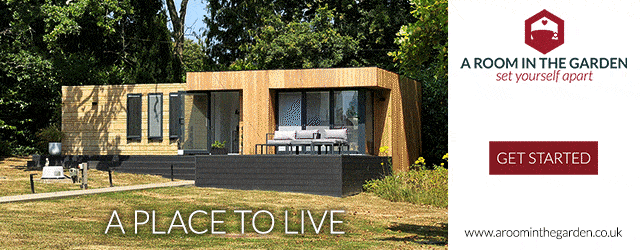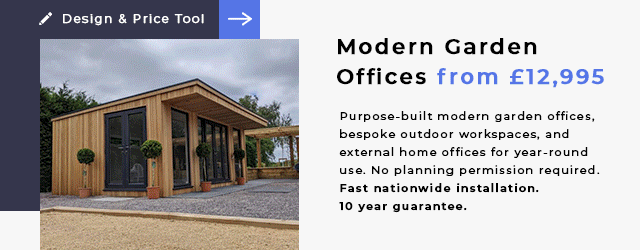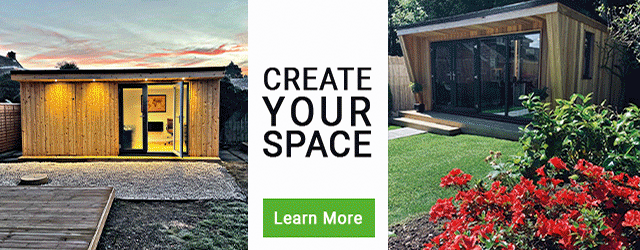Modular design has been widely adopted by the garden room industry as it is a very efficient building system in terms of material use and assembly times.
It also has many benefits for you the customer, most notably the flexibility it offers you in layout.
What is modular garden room design?
Garden room designers have created building systems which allow them to construct their rooms from a combination of panels – these will be solid wall panels, sections with windows in and door sections. These modules have been designed in manageable panel sizes which make full use of standard size materials and are easy for small teams of workers to move around site without the need for heavy lifting equipment.
Because these panels are standard sizes they can be mixed and matched easily to create unique layouts. The buildings below have been created using the same ‘modules’ but in different layouts, creating two very different garden rooms.
Modular building has benefits for you the customer
We’ve touched on the fact that modular building is a good system for garden room suppliers, but it is also a good system for you the customer!
Money Saving
Because modular systems are so material efficient they are cost effective to build. This style of building is also quick to build onsite and often only need two workers to install. Sending workers to site is expensive so the quicker the building can be assembled and the smaller the workforce the more cost effective the project. Suppliers of modular garden rooms pass these savings onto you the customer making modular garden rooms some of the most cost effective on the market.
Quick Lead & Build Time
Because the suppliers offer a fixed number of module options they either hold these in stock or can manufacture them quickly meaning that there are short lead times when buying a modular garden room – you can typically have your new room installed within 6 to 8 weeks of placing your order. Once onsite, assembly times are short because of the efficiency of the building system, which means minimal disruption for you. Onsite times vary depending on the size and shape of the building. They can be as quick as 1 day but average at around 1 week.









